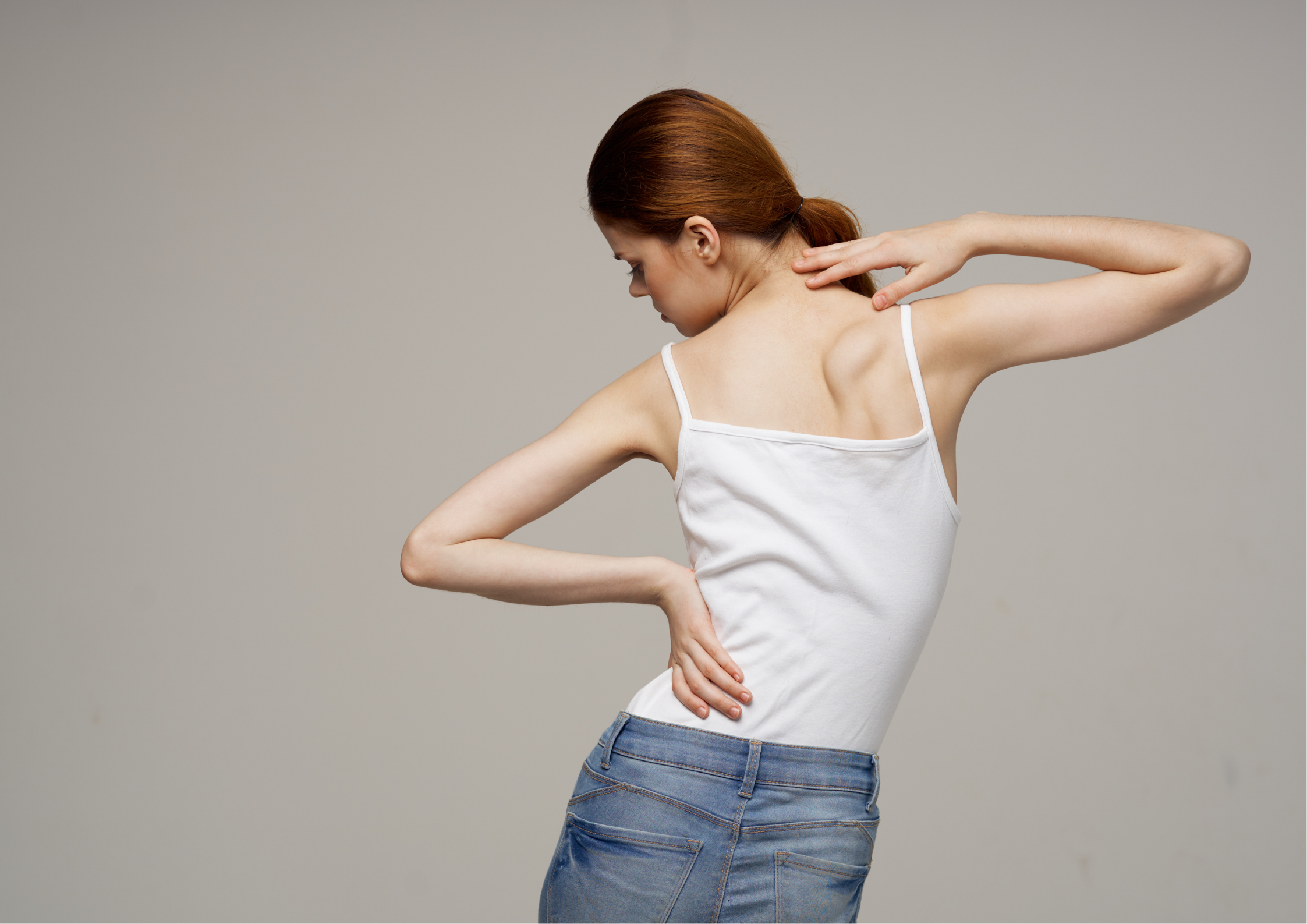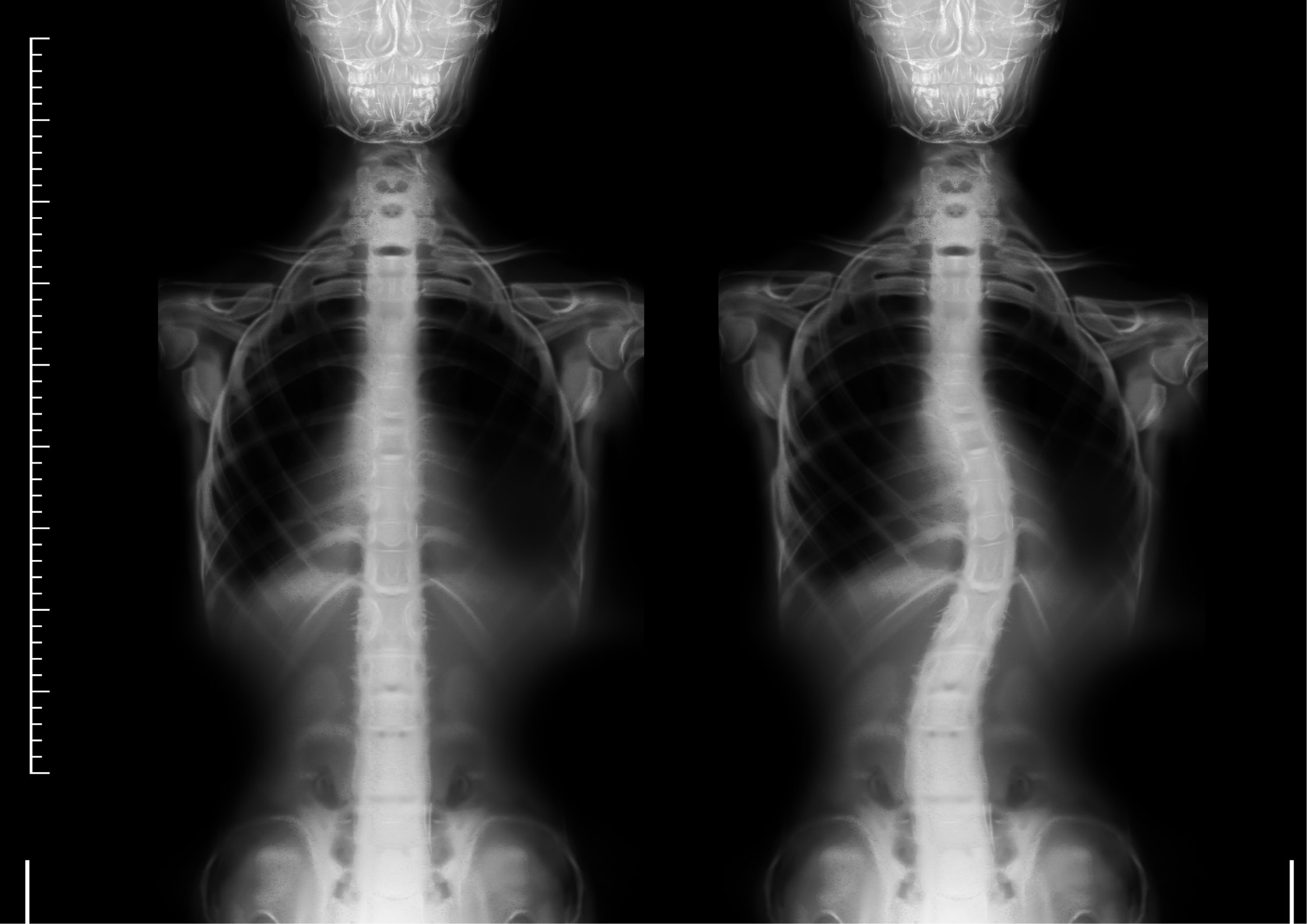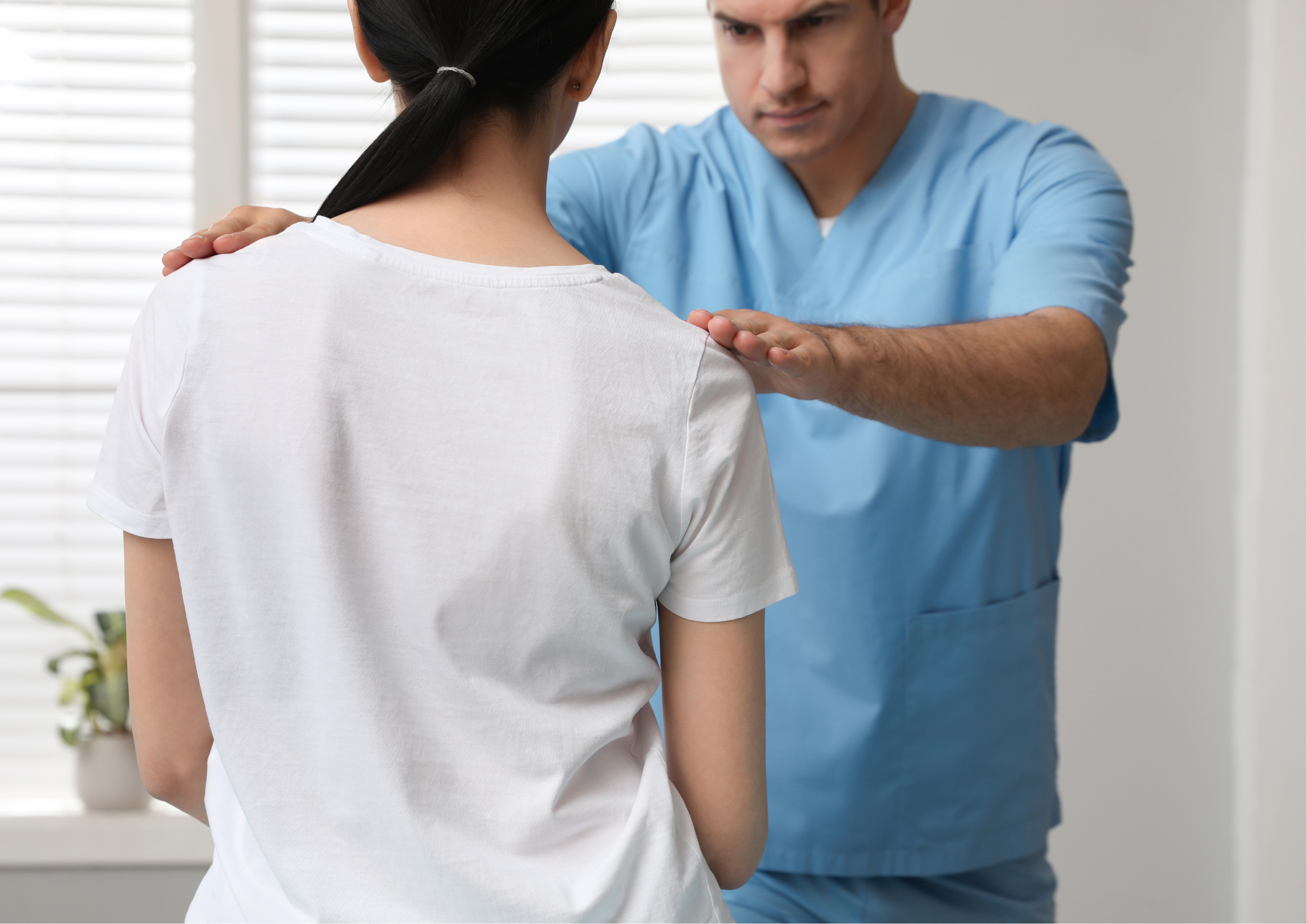Why Are More Teens Being Diagnosed with Scoliosis — and What Can Be Done About It?

You might think scoliosis is rare — or something that only happens to adults. But in reality, scoliosis affects up to 3% of adolescents, and early signs are often missed until the curve becomes more severe.
With more teens spending hours slouched over phones, laptops, and gaming chairs, spinal health is becoming a growing concern. And while scoliosis isn’t caused by bad posture, poor movement habits can worsen imbalances, increase discomfort, and delay early intervention.
At Northbridge Chiropractic, we believe early education and holistic care can make a major difference — especially during adolescence, when the body is growing rapidly.
 First: What Is Scoliosis?
First: What Is Scoliosis?
Scoliosis is a condition where the spine curves sideways — typically into an “S” or “C” shape. It’s most commonly diagnosed between the ages of 10–18, often during a growth spurt.
There are a few different types:
Idiopathic Scoliosis: The most common in teens, with no known cause
Congenital Scoliosis: Present from birth due to spine malformation
Neuromuscular Scoliosis: Related to nervous system or muscular conditions

Common signs to look out for:
- Uneven shoulders or hips
- One shoulder blade sticking out more than the other
- Clothes not hanging evenly
- Complaints of back pain, especially after sports or sitting
If left unchecked, scoliosis can worsen over time, impacting mobility, lung function, and confidence.
So, Can Chiropractic Help?
Short answer: Yes, but not by “fixing” the curve overnight.
Chiropractic care can play a supportive and proactive role in teen scoliosis management by:
- Improving spinal mobility and alignment
- Relieving muscular imbalances
- Supporting posture and nervous system function
- Monitoring progression
But Isn’t Scoliosis a Medical Issue?
Absolutely! Chiropractic care should never replace medical oversight in cases of moderate or severe scoliosis.
However, chiropractic can be a powerful adjunct therapy:
- For teens with mild scoliosis, early intervention can help reduce discomfort, improve posture, and prevent the curve from worsening.
- For those under orthopaedic care or wearing a brace, chiropractic can help ease related stiffness and support full-body wellness.
The key? Early detection and personalised care.
What You Can Do as a Parent
If you’re concerned about your teen’s posture or spinal health, here are a few steps you can take:
✅ Watch for signs: uneven shoulders, visible spinal curves, or posture fatigue
✅ Book a spinal screening with a chiropractor or GP
✅ Encourage movement — long periods of sitting can worsen tension and stiffness
✅ Address symptoms early — even “just a bit of tightness” can be a red flag during a growth spurt
At Northbridge Chiropractic, We Take a Whole-Body Approach
Our mission is to support long-term wellness, not just short-term relief. For teens with scoliosis, that means:
- Evidence-based assessments
- Gentle, individualised care
- Education for both teens and parents
- A collaborative mindset when working with other health professionals
📍Located on the fringe of the Perth CBD, we’re here to help your teen move better, feel better, and grow with confidence, spine and all.
References

